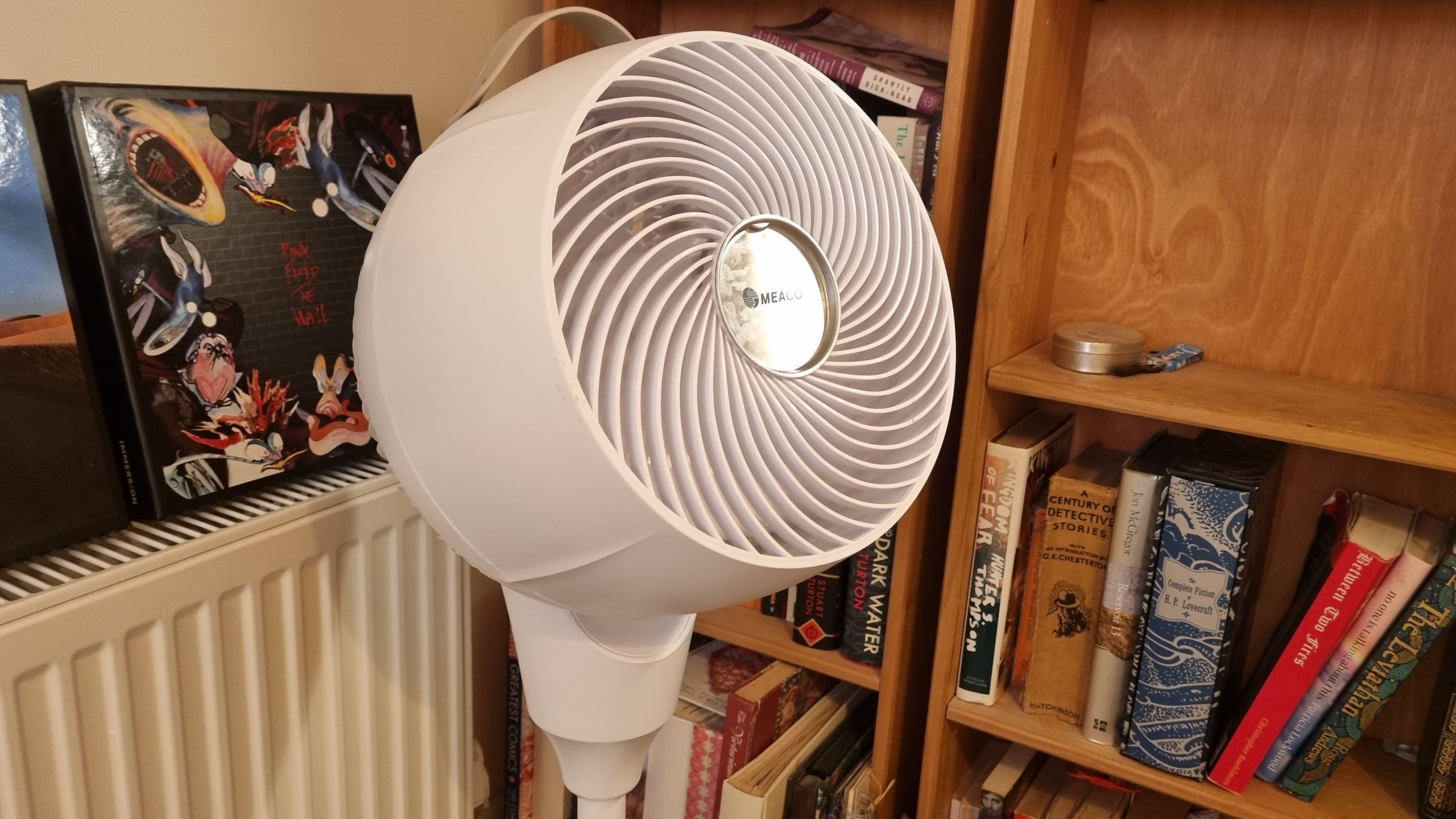In this article we’re going to explore the difference between a fan and an air circulator, and help you figure out which is the best choice for your needs. Both types appear in our best fan roundup, and both have their pros and cons, depending on what you want to achieve.
As you can see from the image above, the two types of fan can look extremely similar at a glance, but they operate in different ways.
An air circulator is designed to circulate air around larger spaces. This type of fan really shines when combined with a cold air source, because it’ll ensure the cooler air is distributed quickly and efficiently around the whole space.
You may like
In contrast, regular fans use a directed flow of air to enhance the evaporation of sweat, helping you feel cooler. They’re great for personal cooling, but they will only have an effect if the air is pointed right at you.
Want to know more? Read on for a closer look at air circulators vs fans.
Air circulator vs fan: what is an air circulator?
What is an air circulator?
An air circulator is a type of fan that is designed to circulate air around a whole room, rather than just blowing it in a specific direction.
For this reason, air circulators are especially effective when combined with a cool air source like an air con unit (here’s more on air con vs fans). In this setup, an air circulator amplifies the work of the air con unit, helping drop the overall temperature in the room far more efficiently and ensuring the cooling air is evenly distributed.
If you don’t have air con, they can still be useful, for example by circulating the breeze from an open window.
Say your bedroom has heated up during a sunny day – if you pop an air circulator next to an open window when night starts to fall and the temperature outside drops, it’ll help distribute that cool air around your room in double-quick time, for a cooler sleep. They’re also good for improving room ventilation.
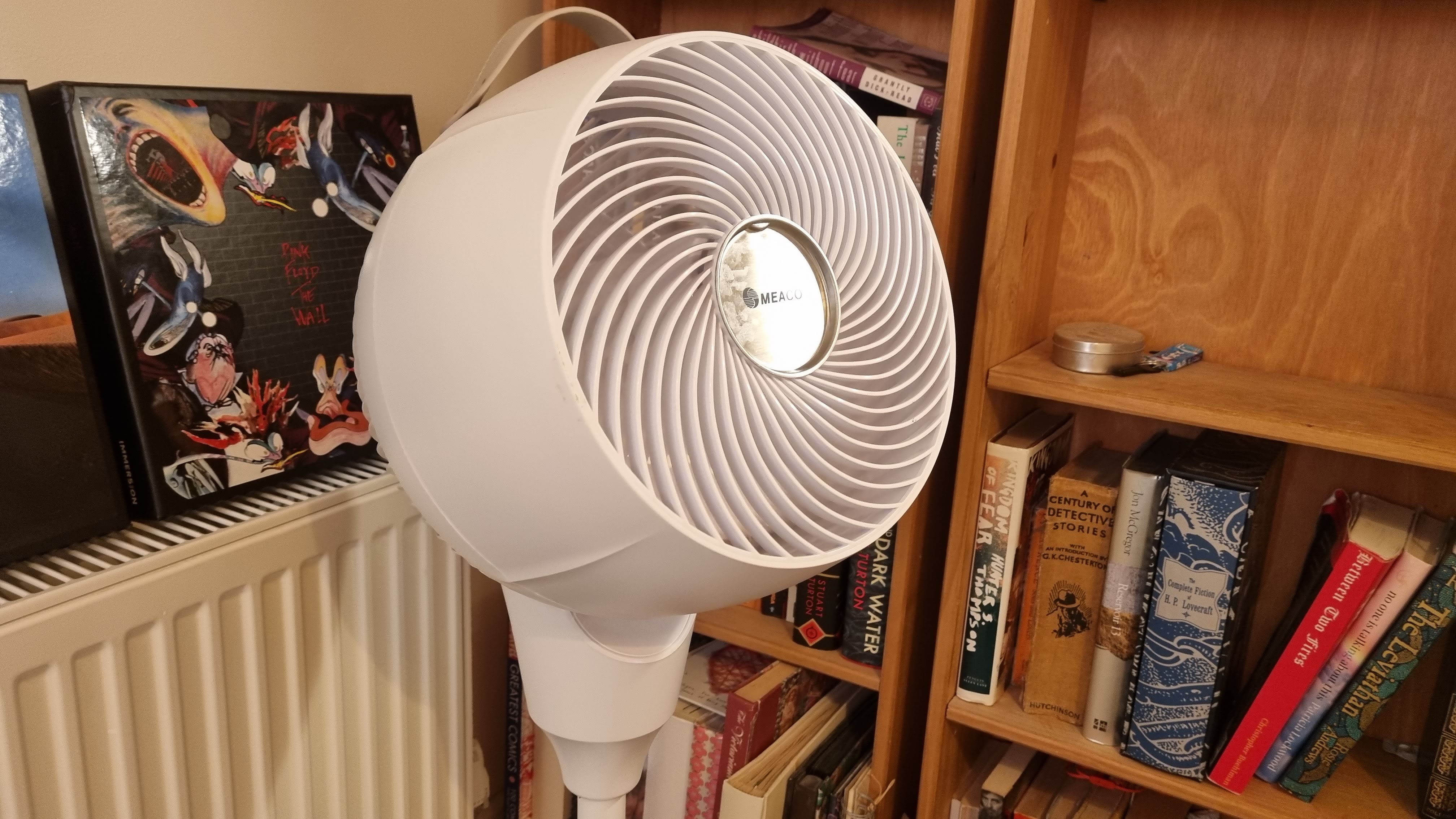
How do air circulators work?
Often air circulators look like pedestal fans or desktop fans, with a fan head sitting atop a pole or on a base. They work by sucking air in through the back of the fan head, and pushing it out though a tight spiral grill and out into the room, where it bounces off the walls and ceiling. Eventually, the air will be bounced back towards the air circulator unit, and the whole process will start again.
The fan head doesn’t necessarily need to move around to circulate air effectively. However, sometimes the fan head will rotate – and not just side-to-side like a regular fan, but up-and-down, too.
Air circulator vs fan: what is a fan?
What is a fan?
‘Fan’ is the umbrella term; an air circulator is a type of fan. However, if we’re talking about traditional fans (including tower and pedestal fans), they’re typically designed to direct a flow of air to a specific area. This is great if you want to cool just one or – if the fan has oscillating capabilities – a few people at a time.
As a general rule, traditional fans aren’t designed to circulate air around a whole room. However, fans with wide oscillating properties will help shift air around a fair bit. Some Dyson fans can oscillate a full 360 degrees, for example.
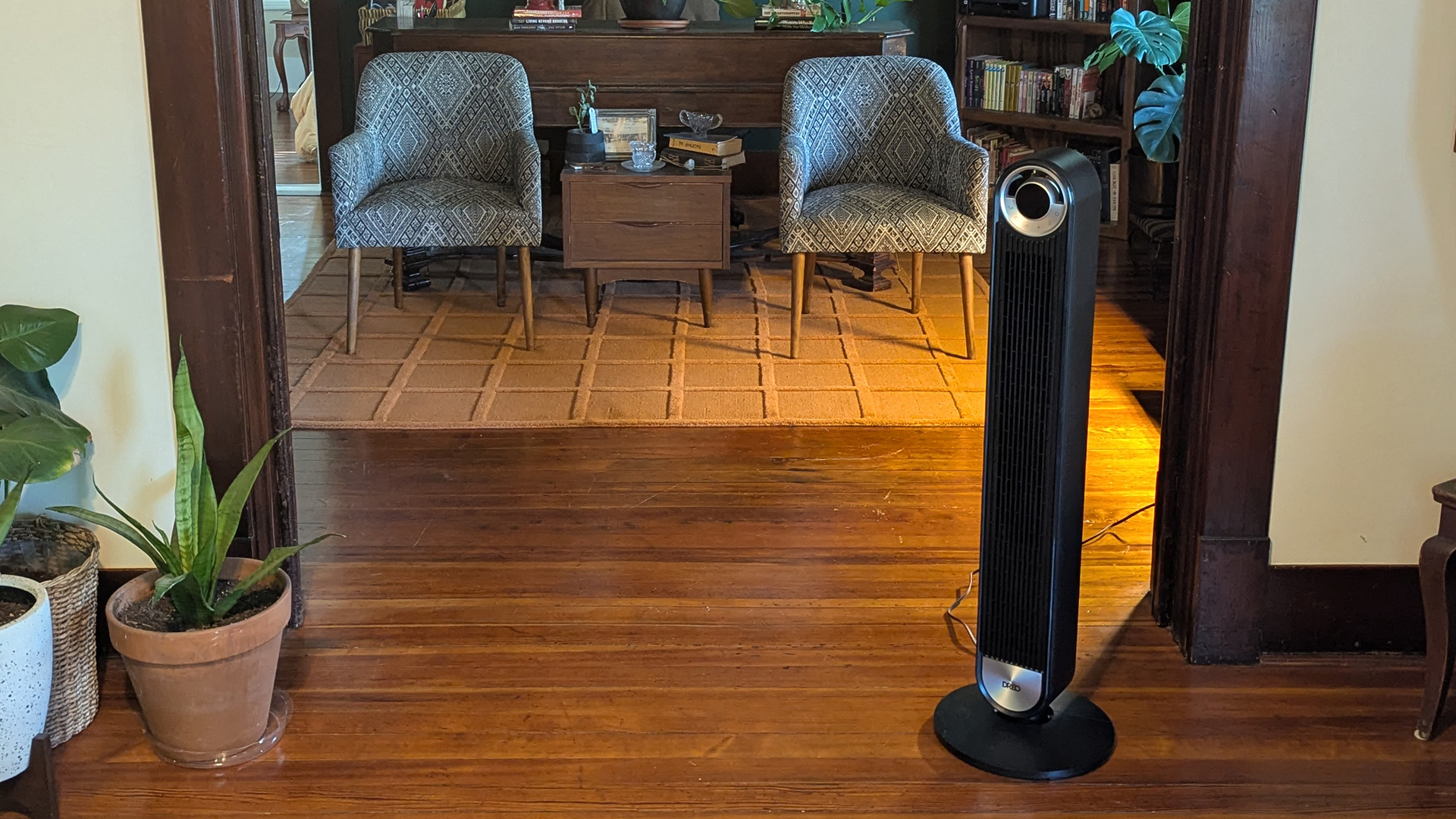
How do fans work?
Fans don’t actually cool the air; it’s the movement of air on your skin that helps you feel cooler by boosting the evaporation of sweat. That means you’ll only feel the benefits when you’re sitting directly in the airflow path.
Today’s best fan deals
Buy an air circulator if…
1. You have an air con unit
Air circulators can be hugely effective at amplifying a source of cool air – for example from an air con unit – and ensuring it reaches the whole room. As a side note, this can help save energy and potentially lower your utility bills by helping your AC work more efficiently.
For example, in our Dreo TurboPoly 508S review, our tester found this air circulator fan was incredibly efficient at lowering temperatures in her home when paired with her usually ineffective AC unit.
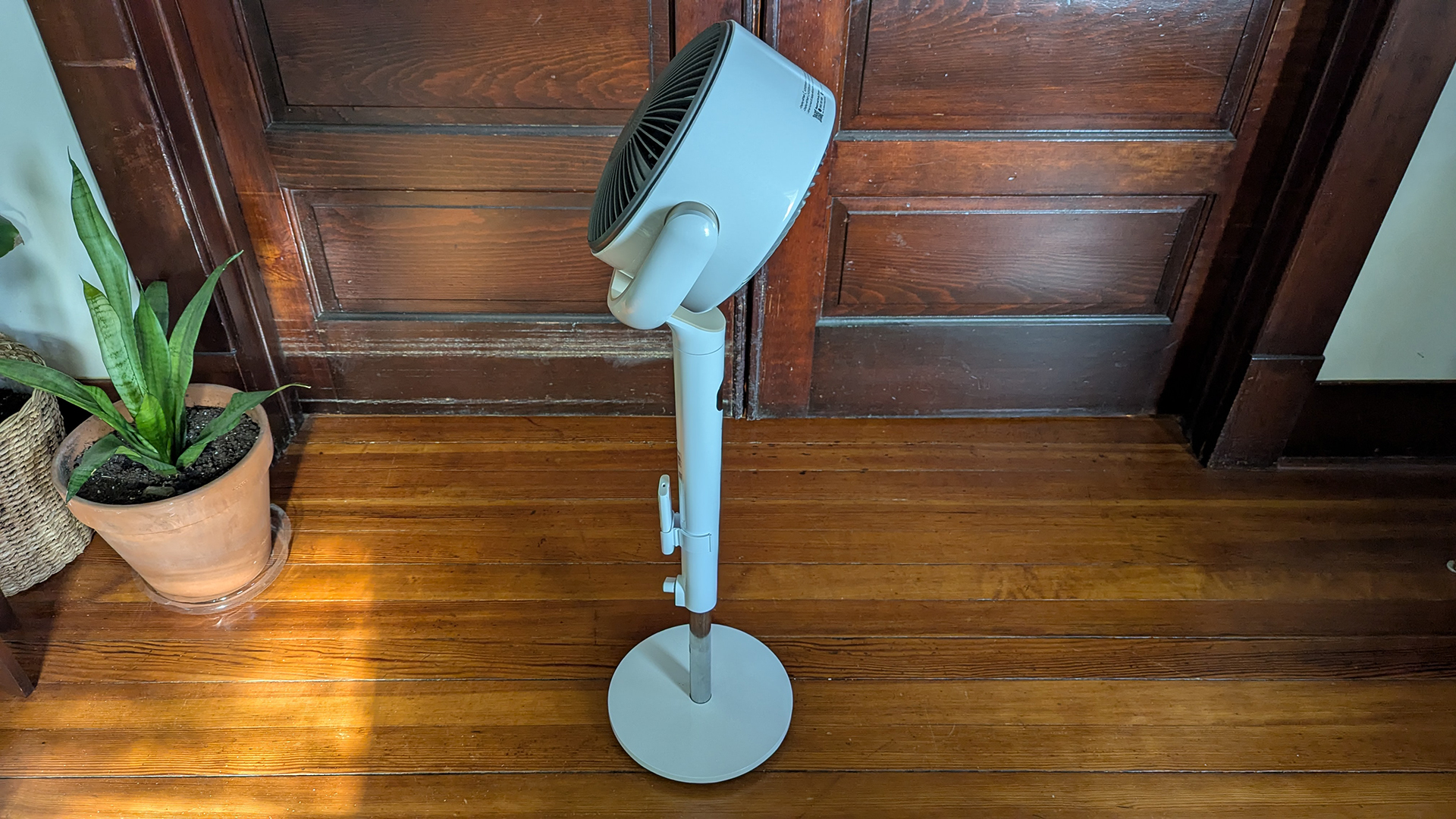
2. You need to cool a large area
Traditional fans will only cool one or two people at once, whereas an air circulator is designed to create a flow of air around a whole room. That has the added benefit of meaning you could pop your air circulator out of the way, in the corner of a room, and it’ll still do its job – whereas a fan would need to be positioned so you’re directly in its airflow range. Don’t expect powerful individual cooling from an air circulator unless you’re adding a source of cool air, though.
3. You want something for year-round use
While a fan is only really helpful in the hot weather, air circulators can also be used alongside a heater in the colder months. While hot air will naturally rise, adding an air circulator will help evenly warm a room. They can also help with room ventilation if you have areas that tend to feel stuffy.
Buy a fan if…
1. You want something for personal cooling
Non-air circulator fans direct a flow of air at an individual, helping them feel cooler by enhancing the evaporation of sweat from their skin. You don’t need a source of cold air for this type of fan to help cool you down.
2. You want something to use outside
The effects of an air circulator are going to get lost outside, whereas a fan can help generate a cooling breeze. Misting fans like the Shark FlexBreeze or FlexBreeze HydroGo can be especially effective for outdoor use.
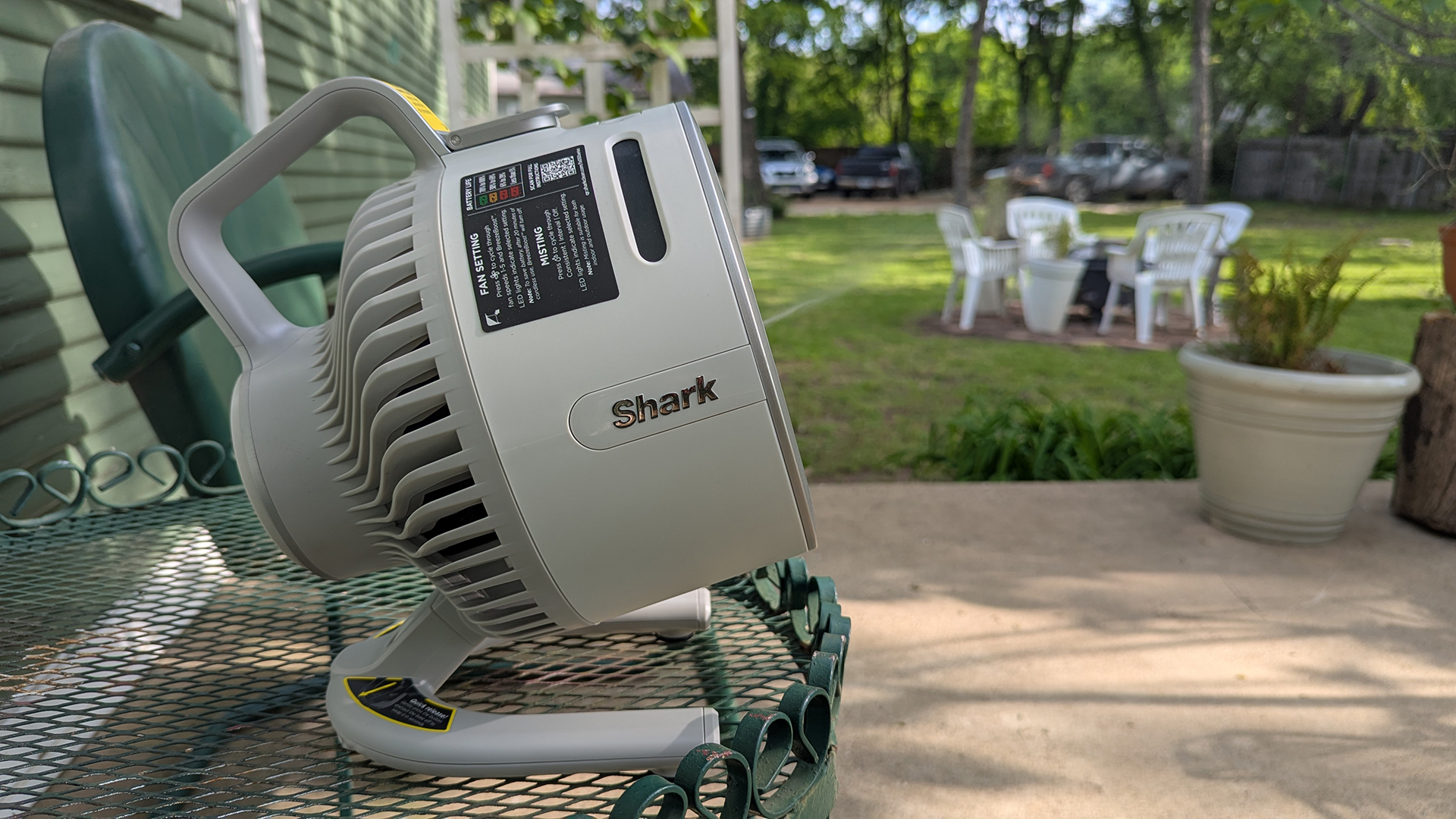
3. You don’t have air con
Air circulators are designed to amplify an existing source of cool air – usually from an air con unit. While an air circulator can still be useful without AC, traditional fans tend to be more efficient at cooling when used on their own.
Services Marketplace – Listings, Bookings & Reviews
